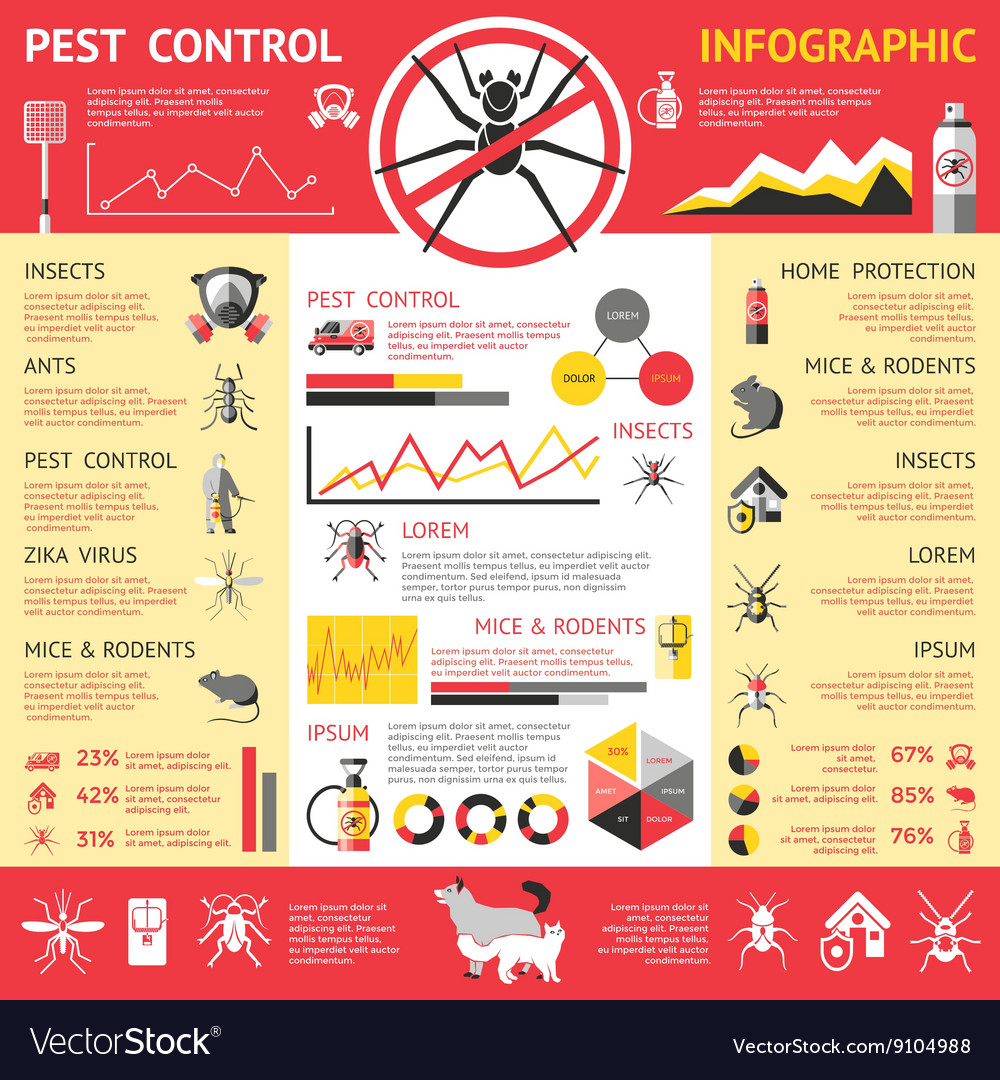Utilize The Power Of Recognizing Rodent Nesting Routines To Outsmart These Creatures And Master Your Rodent Control Approaches
Utilize The Power Of Recognizing Rodent Nesting Routines To Outsmart These Creatures And Master Your Rodent Control Approaches
Blog Article
Article Author-Payne Refsgaard
When it involves rodent control, understanding typical rodent behavior is essential to properly managing infestations. Did you understand that rodents have some interesting nesting practices that might shock you? By discovering their complex habits, you can acquire valuable insights right into just how to tackle rodent concerns in a much more calculated and efficient fashion. So, allow's decipher the mysteries behind these creatures' actions and learn how to outsmart them in your rodent control initiatives.
Rodent Nesting Behaviors
When observing rodents in their all-natural environment, you'll see that they proactively seek out materials to create their nests. click to read , such as computer mice and rats, are clever creatures that use a range of items like twigs, leaves, paper, and fabric to build their homes. They're precise in their nest-building process, typically lining their nests with softer materials like hair or feathers to develop a comfy atmosphere.
Rats favor to build their nests in hidden and protected locations to secure themselves and their young from killers. Usual nesting places consist of wall dental caries, attic rooms, cellars, and even within insulation products. By constructing their nests in these private locations, rats can securely raise their children far from prospective threats.
It is vital to understand the nesting behaviors of rats when implementing control steps. By interrupting their nests or getting rid of materials, you can dissuade rats from developing a visibility in your house or residential or commercial property. Correct sanitation and sealing off access factors are additionally crucial action in avoiding rodent problems.
Rodent Feeding Patterns
After observing rats' nesting practices, it comes to be evident that their feeding patterns play a crucial role in their daily lives and habits. Rats, including mice and rats, are opportunistic feeders, suggesting they'll take in whatever food resource is conveniently offered. They're primarily nighttime creatures, choosing to forage for food during the cover of evening to avoid killers.
Rodents have a varied diet plan, ranging from grains, seeds, fruits, and veggies to insects, nuts, and also tiny pets. This adaptability in their food choices allows them to flourish in different environments, including urban locations where human food resources are abundant.
Their feeding patterns aren't just driven by hunger yet additionally by the demand to stockpile food for times of deficiency. https://www.quickenloans.com/learn/pest-prevention is especially noticeable in preparation for winter months or when nesting. Rats are known to hoard food in their nests or burrows, guaranteeing a continuous food supply. Recognizing their feeding patterns is vital in implementing effective rodent control procedures to interrupt their food sources and avoid infestations.
Rodent Motion and Traveling
Rodents navigate their surroundings with agility and stealth, using their eager detects to relocate promptly with their atmospheres. These animals are skilled climbers, able to range wall surfaces and vertical surface areas easily. They can likewise press with surprisingly little openings, making it important to seal off any type of potential entrance factors in your house.
When it involves taking a trip, rats tend to follow familiar courses, creating routes along walls or skirting the edges of areas. They're creatures of habit, commonly adhering to these established paths as they forage for food or explore their environments.
Rodents are known for their nighttime practices, so you might hear them scampering about in the evening as they search for food and water. Their activities are quick and erratic, allowing them to dart in and out of view in the blink of an eye.
Recognizing exactly how rodents move and travel can assist you recognize possible problem areas in your house and take positive steps to stop these insects from acquiring a foothold.
Conclusion
As you work to manage rodents in your home, keep in mind that understanding their behavior is key. By acknowledging their nesting habits, feeding patterns, and motion, you can effectively protect against problems.
Coincidentally, by taking aggressive procedures to eliminate food resources and seal access factors, you can disrupt their familiar courses and require them to look for new locations, ultimately lowering the possibility of rodent existence in your home.
